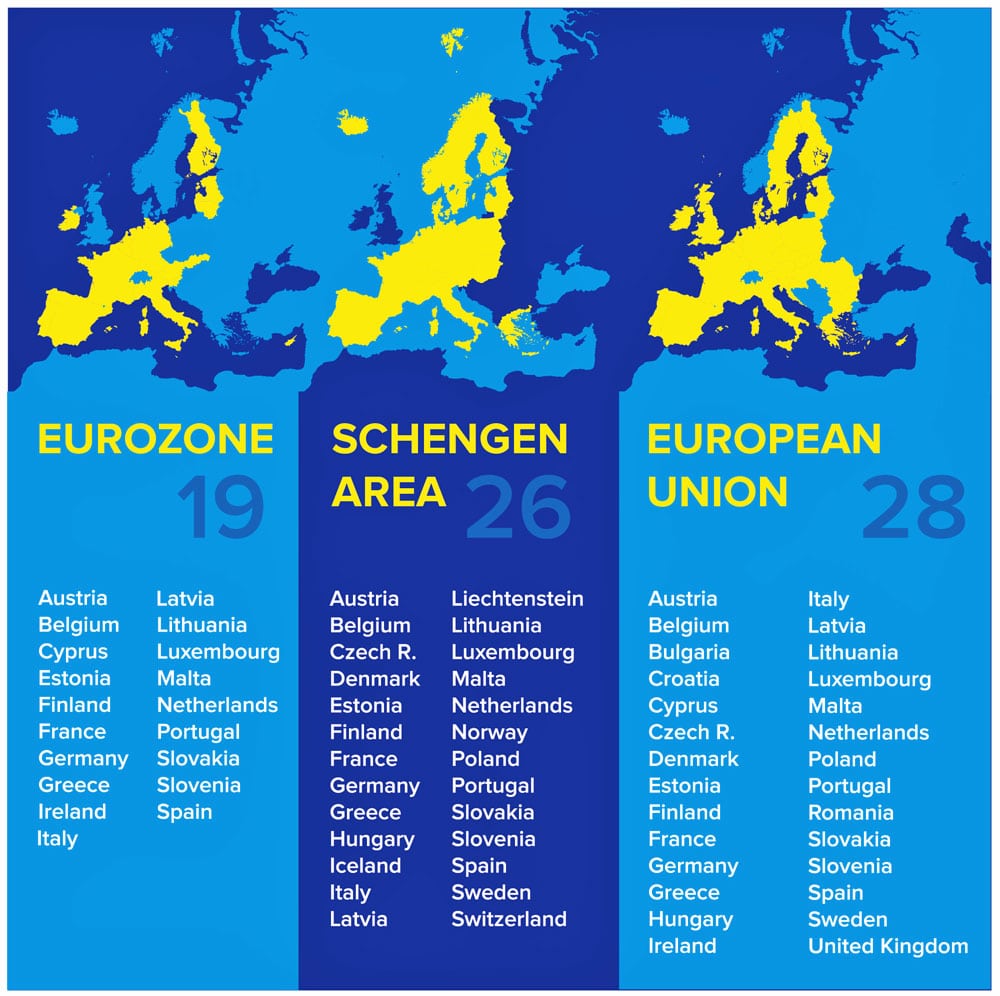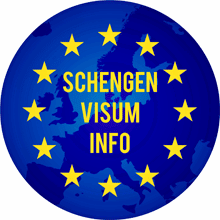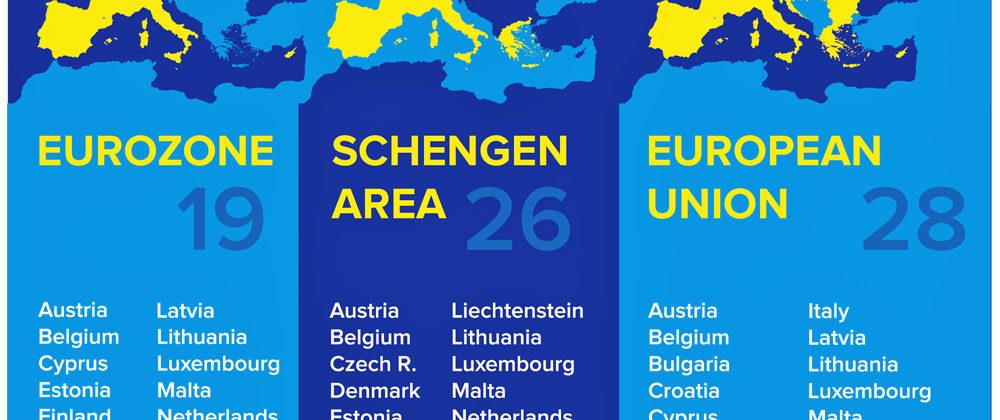The Netherlands, like 26 other EU countries, is part of the Schengen zone, also known as the Schengen area. What does that mean for the Dutch and foreign visitors from outside the EU?
As citizens of the EU, the Dutch have the right to free movement. This means that you can travel to another EU country and that you can work and live there. If you are a citizen of a Schengen country, most EU countries are too Schengen countries, you can also travel freely and without border controls to other Schengen countries. You must carry a travel document such as an ID card or passport with you.
What is the Schengen Zone?
The Schengen zone is an area without borders that includes the 26 Schengen countries. Within this area, all EU citizens (420 million) and many visa-exempt citizens from outside the EU can travel freely without border controls. Since 1985, this area has grown and now includes almost all EU countries and some non-EU countries (Liechtenstein, Norway, Iceland, Switzerland).
Anyone of any nationality can travel between the Schengen countries without border controls. It is possible that national governments carry out police checks at the border or in border areas.
Expansion of the Schengen zone
Croatia very likely to become the 27th member of the Schengen zone. The country meets all the conditions. Croatia is expected to join on January 1, 2023.
Bulgaria and Romania indicated years ago that they wanted to be part of the Schengen zone. The Netherlands is not in favor of this and has so far been uncooperative. According to our country, steps must first be taken to combat corruption, crime and fraud in those countries.
Common Visa Policy
Thanks to the common visa policy, visitors from outside the EU can transit through the Schengen area or stay there for a short time. A short stay visa (Schengen Visa) issued by any of the Schengen countries usually entitles them to travel through all Schengen countries for a maximum period of 90 days in any 180-day period.
In practice, this means that if you give permission through a Schengen visa to travel to one Schengen country, you may also travel to all other Schengen countries without having to show the travel document or visa again.
Apply for a Schengen visa
If a foreigner requiring a visa wants to visit the Netherlands or another Schengen country, a Short Stay Visa must first be applied for in the country where the foreigner resides. To apply for a Schengen visa, he/she must submit a number of documents, including one medical travel insurance.
The future of the Schengen area
The EU is currently working on a 'smart borders' program for external borders. This consists of an entry/exit system that improves border controls, combats illegal migration while facilitating border crossing for frequent and pre-screened travellers. In addition, by the end of 2023, ETIAS are entered. ETIAS, a digital permission to travel to the EU, will soon apply to more than 1,4 billion travelers from more than 60 countries in the world, including Americans, British, Australians, Canadians and more nationalities. Before leaving for the EU, they must first request permission online. Currently, travelers can go out visa-free countries travel to the EU without any prior check.
The EU also aims to make the visa procedure more compatible with other policy areas, such as tourism, and to further facilitate procedures for frequent travellers. Furthermore, a new type of visa, the tour visa, is being considered, with which people can stay longer than 90 days, but
should be allowed to stay on the territory of two or more Schengen countries for a maximum of one year (with the possibility of extending this for another year).

Related posts:









